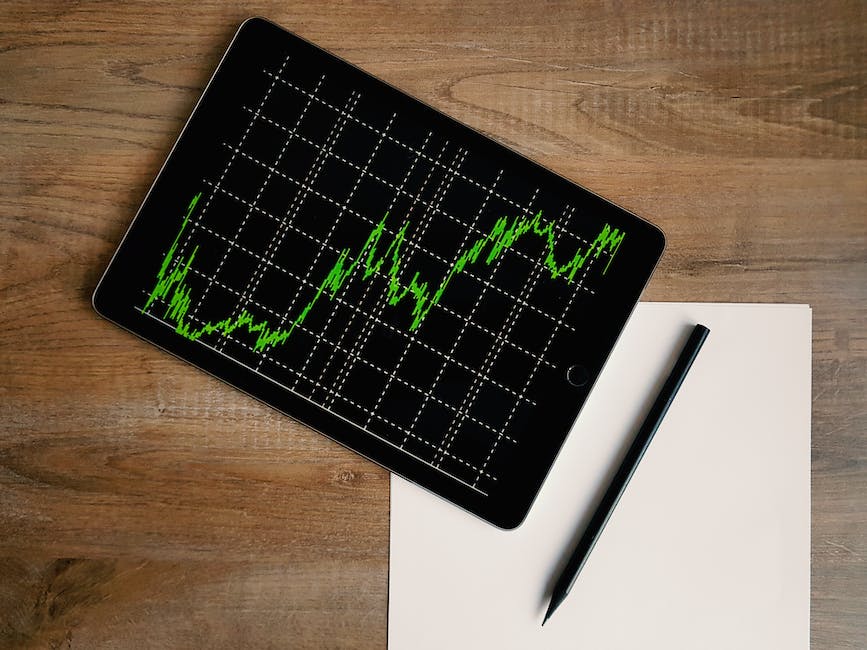Forex trading is a popular form of investing that involves the buying and selling of currencies on the foreign exchange market. It is one of the largest and most liquid financial markets in the world, with a daily trading volume of more than $5 trillion.
Investors in the forex market use various strategies to try and make a profit. These strategies can range from simple, long-term investments to complex, short-term trades. The most common strategy is to buy and hold a currency, which means that an investor buys a currency and holds it for a period of time. Another strategy is to buy and sell currencies on a regular basis in order to take advantage of the fluctuations in the market.
Traders also use technical analysis to identify trends in the market and make informed decisions about when to buy and sell currencies. Technical analysis involves studying the price movements of currencies over time and using indicators such as moving averages, support and resistance levels, and Fibonacci retracements to identify potential trading opportunities.
Finally, traders can use leverage to increase their potential profits. Leverage is a loan from a broker that allows a trader to increase their buying power. Leverage can be used to increase potential profits, but it can also increase potential losses if the market moves against the trader’s position.
Forex trading is a complex and risky endeavor, but it can also be a lucrative one for those who are willing to take the time to learn the basics and use proper risk management. By understanding the risks and rewards of the forex market, traders can make informed decisions about when to enter and exit trades.

